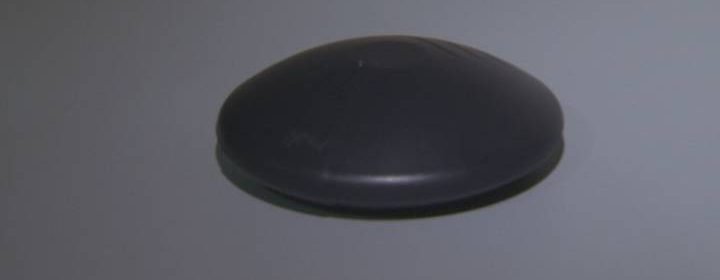Manitoba homes rank 2nd highest in Canada for radon contamination

Officials are asking homeowners to take the proper measures to test for a tasteless and odourless gas that is found naturally in the environment.
Radon comes from uranium as it breaks down in soil and rocks. Radon can seep through cracks and gaps in walls, and into your household.
When it comes to radon in homes, Manitoba is one of highest in Canada.
“We’re the second highest province across Canada with homes that have radon,” Pam Warkentin from Take Action on Radon said.
While you might not know it is there, radon can have serious consequences for your health.
“It can cause cancer and other health concerns,” Warkentin said.
It is relatively easy to find out if radon is an issue in your home, and this time of year is the best time to test for it, since there is less air flow in the home during cold weather.
Simply place a detectors in a commonly-used area, such as a bedroom, family room or kids play room, and leave it there for at least three months.
Most detectors come with instructions on how to send the device in to a lab for analysis. Warkentin said more advanced digital detectors are also available which provide a day-by-day readout. Details on where and how to purchase a detector in Manitoba is available here.
The key to protecting your family from the harmful effects of radon is to prevent the gas from building up in your home.
The province’s tips on reducing radon in your home:
- install specially designed traps in floor drains to prevent radon from entering a basement
- increase mechanical ventilation via a heat recovery ventilator (HRV) to allow air exchanges;
- ventilate the basement sub-floors by installing a small pump to draw the radon from below the concrete slab to the outside
“They key is to make sure these measures are put in place properly to get the best possible outcome,” said Warkentin.
According to the National Building Code, there are measures set out to ensure radon mitigation is more plausible in newer-built homes. Details can be found here.
Whether you live in an newer home, or and old one, Warkentin says all homeowners are urged to test for the gas.
-With files from Sharon Pfeifer
Source: Read Full Article

